RECOMMENDED HEALTH TARGETS:
DO THEY WORK?
Get your five-a-day. Sleep eight hours a night. Drink eight glasses of water…
These are just a few of the ‘essential’ health guidelines we’re supposed to live by, but who can really manage all of them? And do these ‘commandments’ stand up to scrutiny?
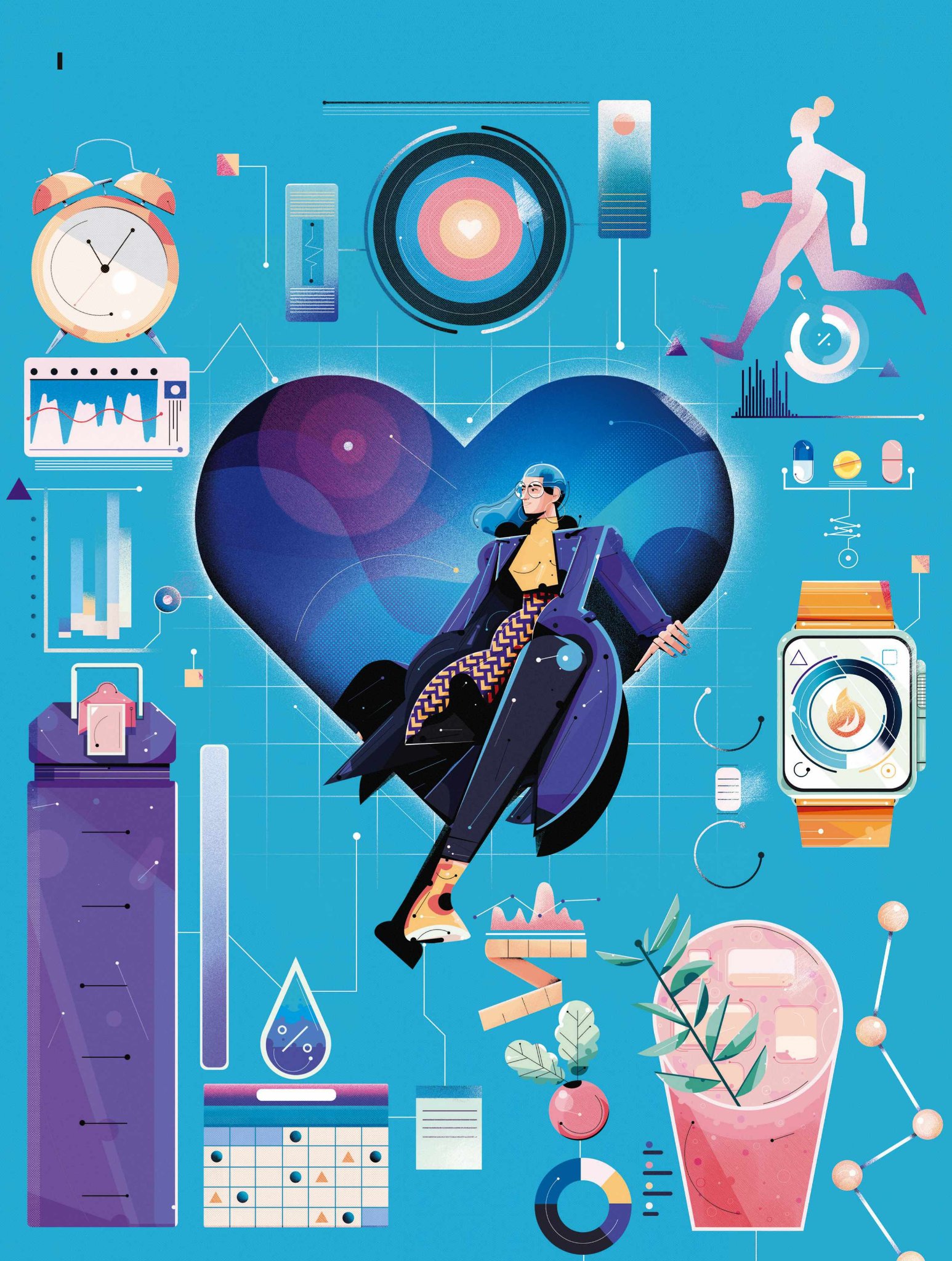
150 MINUTES OF EXERCISE A WEEK
You don’t have to sweat it out in a smelly gym class to stay fit
The NHS recommends that UK adults get 150 minutes of moderate, or 75 minutes of vigorous exercise each week.
“These recommendations are the minimum that people need to do to gain health benefits from physical activity, based on four decades of research,” says Gavin Sandercock, professor of sport, rehabilitation and exercise sciences at the University of Essex. “If you follow the recommendations, you’re about 11-15 per cent less likely to die of anything, compared to people who do nothing, and your risk of dying of a heart attack is about 20 per cent lower.”
But he says they’re a watered-down version of the first activity guidelines from 1991, which were for 150 minutes of moderate – but preferably vigorous – activity, in addition to what you already do, in bouts of at least half an hour a pop.
“The science is really strong for vigorous activity,” says Sandercock. “That doesn’t mean with the eyes popping out, it just means having a higher heart rate. Everything we know about exercise physiology, everything I’ve learned in the past 25 years, tells me that vigorous is best and I recommend it to anyone who is healthy enough to do it. If you want to get fitter, you have to work harder.”
In surveys on physical activity, people tend to exaggerate how much they’ve done, says Sandercock. It’s easier to determine accurately how much vigorous activity you did, and not kid yourself about it. “If I asked you how far you’d run, you probably know, whereas if I asked you how far you walked this week, you’d have trouble answering because it’s more of an incidental activity,” he says.
Dr Koula Asimakopoulou, a reader in health psychology at King’s College London, worries that these targets don’t provide any sense of motivation. “Different people will have different ideas of what ‘moderate’ and ‘vigorous’ mean,” she says.
But even if you’re motivated to read the small print for examples (which for ‘moderate’ exercise include walking, lawn-mowing and rollerblading, versus running, swimming or aerobics for ‘vigorous’ activity), that alone is unlikely to be enough to start new behaviour so you can get fitter. Planning, removing any friction by getting your running kit or wet-weather gear ready the night before, finding an activity you enjoy and doing it with friends will all help make those fitness dreams become real.
FIVE PORTIONS OF FRUIT OR VEG A DAY
No, chips, mash and crisps don’t count as three
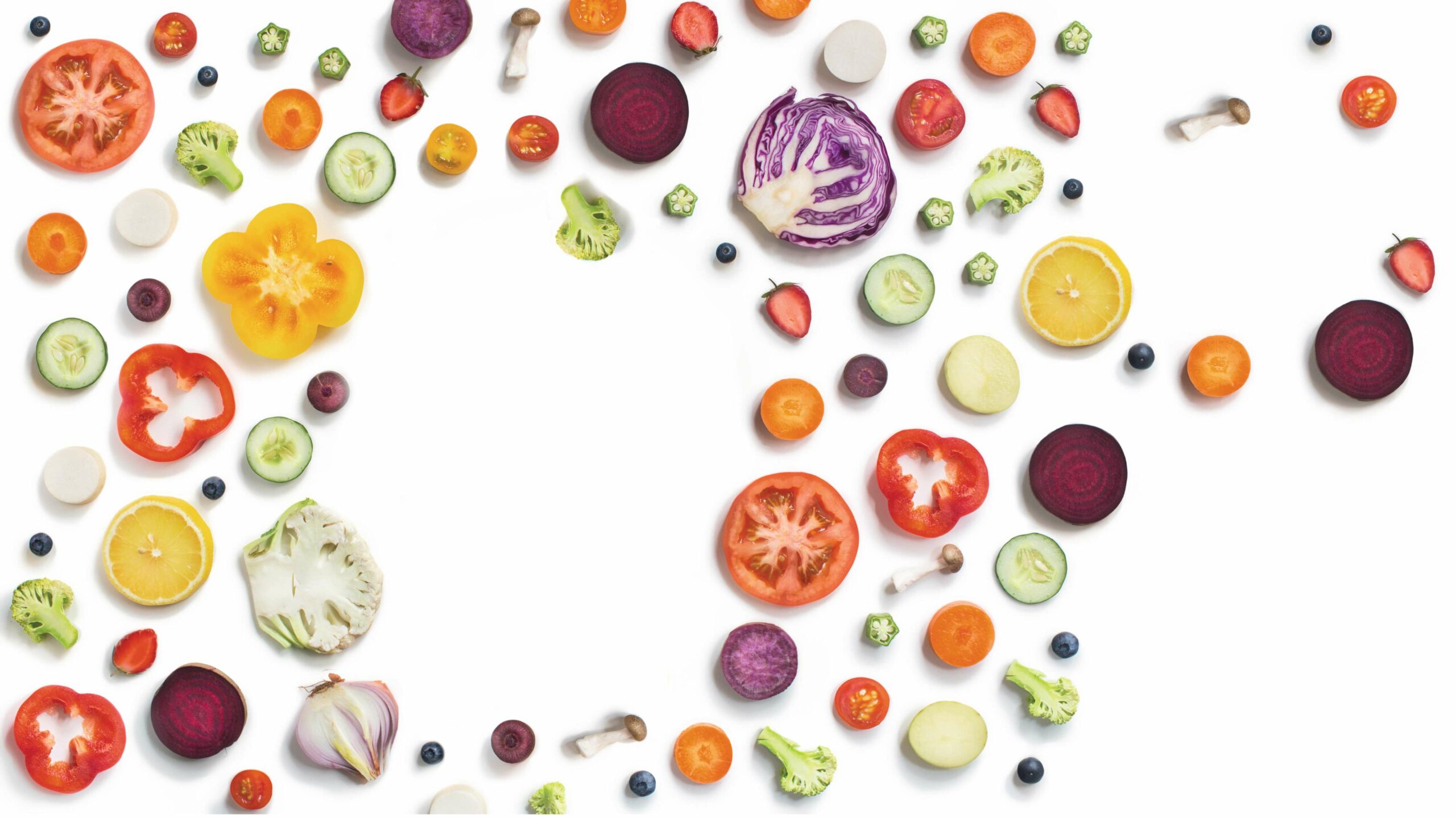
Five-a-day started out as a health marketing slogan in the US.
“[It was] loosely linked to populations that had more fruit and vegetables having lower risk of heart disease or longer lives,” says Dr Duane Mellor, a British Dietetic Association spokesperson and registered dietitian. “The World Health Organization data now shows eating half a kilo of fruit and vegetables daily is a minimum to see lower instances of disease.”
Five good handfuls should provide this quota, but the more the merrier.
Five-a-day may be super catchy, but in practice it can be problematic. Fruit juice counts as a daily portion in the UK, even though you’re getting the concentrated sugar hit of many more fruits than you’d eat, without the fibre, potentially causing a sugar rush and tooth decay. In the UK, we don’t count starchy, carb-rich potatoes (or yams), but in Australia spuds are allowed – after all they are a key source of vitamin C.
“A simpler message is try to eat as many different fresh or frozen – or if that’s not possible, tinned – fruit and vegetables as possible, in two meals a day,” says Mellor.
“The World Health Organization data now shows eating half a kilo of fruit and vegetables daily is a minimum to see lower instances of disease.”
Mellor says giving the vegetables a starring role in meals is key to long-term health benefits. “We may be tempted to eat more fruits because they taste nicer,” he says. “Likewise, condensing the fruit and veg down to a smoothie, you’re losing the foundation, the building blocks of meals. If you take the vegetables out of the meal, the risk is your meal is going to comprise things with less vitamins, minerals and fibre and more calories. You need to make vegetables the bulk of a meal, and then try to make them interesting.”
Variety is important, agrees Dr Sarah Berry, associate professor of nutritional sciences at King’s College London, and chief scientist at personalised health research company, ZOE. According to Berry, recent research by ZOE’s partner organisation, the American Gut Project, has highlighted the importance of eating a variety of fibre from around 30 different plant species as being key to better health.
While some argue that we should be surpassing five portions of fruit and veg a day, Berry is cautious. “The majority of people in the UK – 70 per cent of adults and over 80 per cent of children – do not reach the five-a-day target, so changing it to something more ambitious may not be helpful,” she says.
Asimakopoulou warns that short catchphrases are not enough to spark behaviour change. Instead, we need to consider SMART objectives. SMART stands for specific, measurable, achievable, realistic and time-based targets.
“Having a goal is not equivalent to performing it,” she says. “Psychologists have discovered that if you have an intention to get five-a-day, you’ll be most likely to translate it into behaviour if you plan when, where and how you will achieve this goal, along with forming a Plan B for what you will do if the when/where/how plan is broken by life events.”
EIGHT GLASSES OF WATER A DAY
If in doubt, check your pee

In the UK, the NHS recommends six to eight glasses, or up to 1.2 litres of fluids, a day, pointing out that we also get water from food. Harvard Medical School recommends four to six cups a day. But it’s the more extreme two litres of water a day advice that has won the internet.
In 2016, the idea that getting most of your liquids from water is more beneficial was debunked by Dr Stuart Galloway, an associate professor in physiology, exercise and nutrition at the University of Stirling. His study showed a range of drinks, including diuretics like lager and instant coffee, didn’t stimulate any additional fluid loss than water when drunk in normal quantities.
But nobody can really say how much everyone needs to drink, as we all have different bodies, diets and activity levels, not to mention varying environments (hot, dry, humid, etc). Most people can tell if they need more water because they feel thirsty, although this urge diminishes in old age. If in doubt, for the majority of adults, the number of trips to the loo can be a potentially useful guide to adequate hydration, says Galloway.
“Nobody can really say how much everyone needs to drink, as we all have different bodies, diets and activity levels”
“It accounts for differences in fluid losses due to environment, or activity level, as well as variations in fluid intake. A rough rule of thumb would be four to six visits to the toilet to pee during a typical day, if adequately meeting your water requirements.” More than six pees means you’re overdoing it, while less than four means you probably need to drink more.
“This approach can have some shortcomings, such as impacts of any alteration in kidney function with age, certain medications, or different beverage compositions that all affect urine concentration and volume,” he warns. “So it is a rough rule of thumb rather than an accurate guide.”
Urine colour is also useful, with similar caveats, he says. “To get the best idea, don’t rely on a single marker but evaluate using a combination.”
SHOULD WE DITCH RDAs?
RDA – a term from the US that’s also familiar in the UK – stands for Recommended Dietary Allowance. In the UK and Europe, the official ideal daily measure for nutrients is called the ‘dietary reference intake’. They’re not identical, but both indicate the optimum levels of nutrients needed every day to keep most of the population healthy.
Based on averages, these figures can be misleading for individuals, says Dr Susan Fairweather-Tait, professor in health policy and practice at the University of East Anglia Medical School, with a special interest in micronutrients. “Not everybody needs that level of intake,” she says.
Nevertheless, she adds, seeing these figures on product and supplement labels is useful as a rough guide. But rather than being taken as instruction for what you need to ingest each day – which would be impossible to calculate precisely, as foods vary so much and you’re unlikely to weigh each portion – they are most important in avoiding overdosing.
“[With supplements] people often think, ‘one capsule good, two must be better’. But you can buy supplements in massively high doses, and it’s dangerous. Taking too much vitamin C won’t do you any harm, but things like vitamin D and vitamin A can be quite dangerous. With selenium, the gap between what you require and what becomes toxic is very narrow, so if people read an article saying selenium is a great antioxidant, they could go over the top and make themselves ill. Consumers are being misled, they’re wasting money and putting their health at risk.”
Dr Sarah Berry, associate professor of nutritional sciences at King’s College London, agrees. “While RDAs are useful on a population level, not everybody will need to supplement to reach their ideal amount of a certain nutrient,” she says. “As humans we eat food, not individual nutrients, so for most people eating a variety of foods is likely to provide the necessary key nutrients needed for health.”
Exceptions include pregnant women, vegans and people with specific health conditions taking their doctor’s advice. If in doubt, Berry does not believe there is any harm in taking a standard dose multivitamin as an ‘insurance’ policy.

14 UNITS OF ALCOHOL A WEEK
Moderate consumption can still cause harm
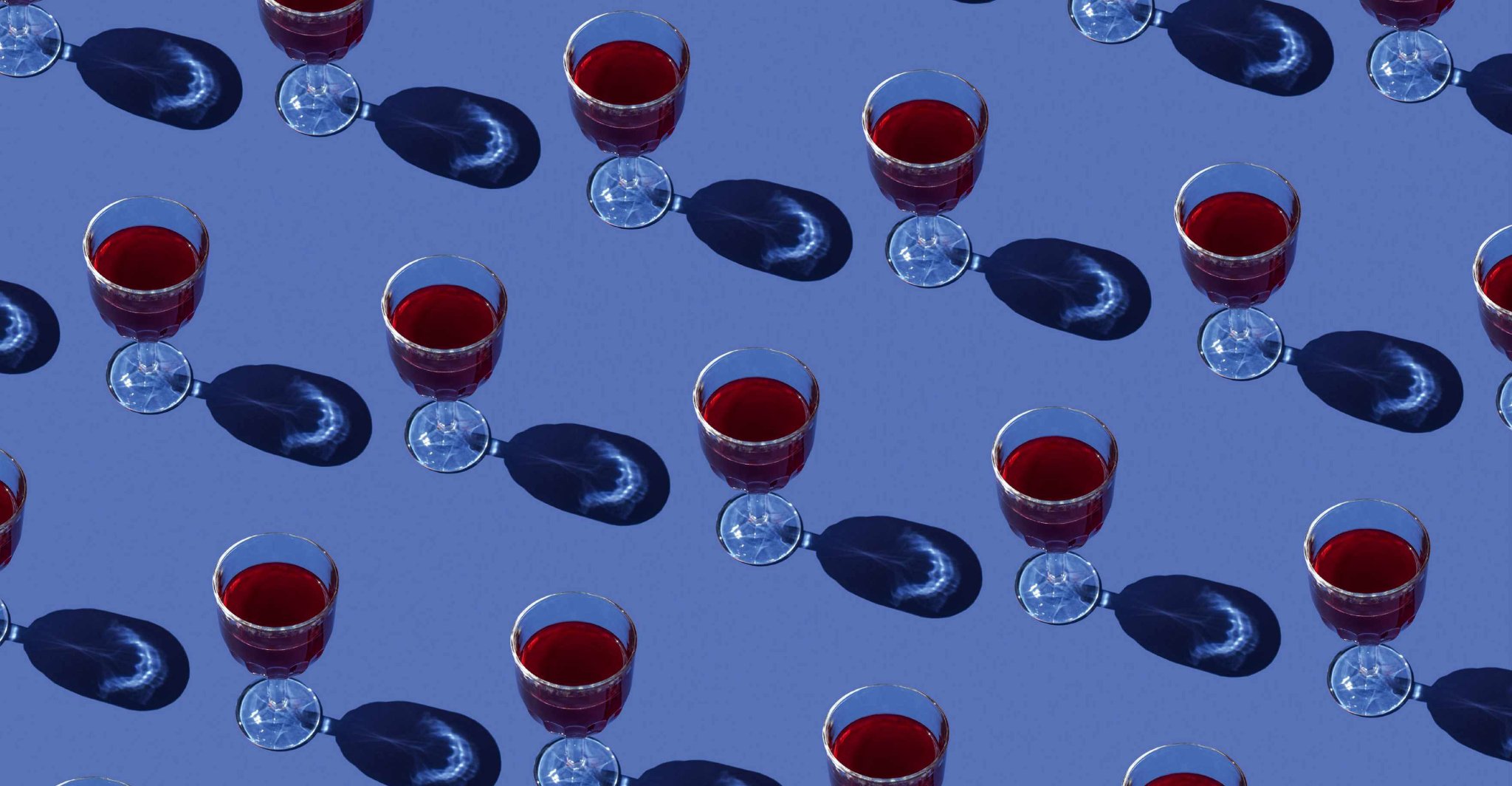
According to UK guidelines, adults should stick to no more than 14 units of alcohol a week, spread over a period of three days or more.
“If you stick to a maximum of 14 units a week, your chances of dying of an alcohol-related disease are probably one in 100 or less,” says Sir Ian Gilmore, chair of Alcohol Health Alliance UK and founder of Liverpool Centre for Alcohol Research. “It’s estimated most people would accept a risk of one in 100, as nothing in life is free of risk.”
The struggle, however, is getting people to adopt those recommendations. The drivers of how much people drink, and how much harm is seen, are basically price, availability and marketing, he explains.
Plus, as he says, most people enjoy a drink. “It’s associated with fun and celebrations. I’ve never heard someone say ‘so-and-so is a really good smoker, he can really hold his fags’. There’s still that heroic image around drinking.”
“The vast majority of people do not know that alcohol is linked to seven common cancers, including breast cancer and colon cancer”
People are also very bad at remembering advice on units, says Gilmore. “I can’t help sometimes thinking people are quite keen to be confused and say, ‘Oh, well, it’s all too difficult. It’s not my problem anyway.’”
But he says the majority of harm is not just seen in heavy, dependent drinkers. “It’s actually in the people in the middle who are not alcohol-dependent. And if you could just shift the whole of the consumption curve down by a couple of units, you would save thousands of lives.”
According to Asimakopoulou, lowering your alcohol consumption is all about intention. “You need to think about opportunity and motivation – so you would need to make the conscious decision to not have a drink if, for example, you are out every evening.”
Reading up on the cold, hard facts is the first step towards that motivation, she says. If you don’t know and believe in the benefits of cutting down, it’s never going to happen. Planning when you will and will not drink is useful, as is knowing the units in actual drinks that you enjoy.
“The vast majority of people do not know that alcohol is linked to seven common cancers, including breast cancer and colon cancer,” says Gilmore. Alcohol-free months can help, he says, as long as they’re not seen as a free pass to get blotto the rest of the year (they’re not).
“Alcohol Change, the charity behind Dry January, has shown that six months and 12 months afterwards there is a significant improvement in some people’s relationship with alcohol. It’s about showing people that they can go without, allowing them to reset their relationship with alcohol,” says Gilmore.
2,000 CALORIES A DAY
All calories are not made equal
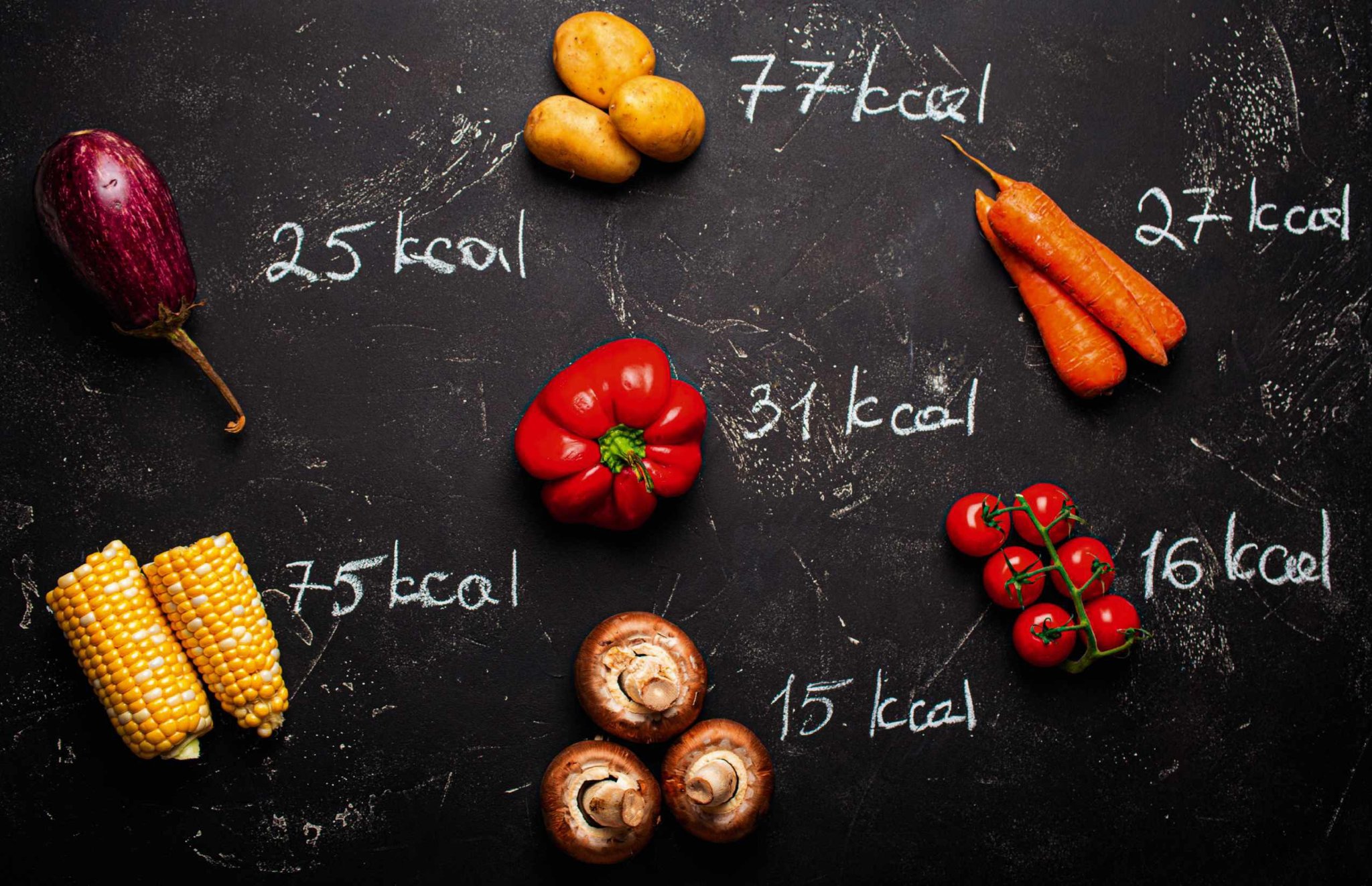
Calories give us an idea of how much energy foods and drinks contain, and have been a dietary obsession in recent decades. Most of us can recite that women need 2,000 calories a day, and men need 2,500. But as NHS guidelines point out, “an ideal daily intake of calories varies depending on age, metabolism and levels of activity, among other things.”
Calories are nice theoretical units, says Mellor, but are flawed. While a hazelnut contains a certain amount of energy potential, when eaten it requires quite a lot of energy to break it down – and still more energy will escape digestion. “This is because the energy is inside the fibre, which we can’t break down. Whereas the same number of calories from instant noodles are a lot easier to get hold of,” he says.
Mellor points to the work of Kevin Hall at the US Department of Health and Human Services, who has found that eating ultra-processed foods compared to unprocessed foods led to greater energy intake and weight gain, despite the foods having the same calories, sugar, fat, sodium, fibre and macronutrients.
Then we need to account for variation in unprocessed foods. “If you’ve got a number on a label, because of biology, it can vary by about 20 per cent,” says Mellor. Even apples from the same tree can differ in sugar content by 10 per cent, according to which got the most sunshine.
“A lot of people are out of touch with their hunger and fullness cues, their energy levels and their enjoyment of food”
“If you’re going to look at calories, go for foods with more fibre, protein, vitamins or minerals in them, which give you bulk and more satisfaction,” he advises. But rather than sweat the numbers, he says to focus on more variety in terms of colour, fibre and nutrients.
Berry doesn’t believe that calories are a useful measure for health. “We know that there is much more to food and health than calories. Moving the conversation away from calories and how much you weigh, and towards how you feel and improving our relationship with food and eating healthier foods, is much more helpful. Focus on how healthy a food is, not on how many calories it has.”
As ZOE’s studies have found, different foods cause harmful blood sugar or fat spikes in different people. “Understanding what works for you is simple but crucial,” says Berry. “A lot of people are out of touch with their hunger and fullness cues, their energy levels and their enjoyment of food. Our members want to feel better, not worry over a number on the scales. Nutritious foods lead to enjoyable meals.”
10,000 STEPS A DAY
Count your steps, but tread carefully…

“The 10,000 steps target was a gimmick that was produced for the 1964 Tokyo Olympics, by a pedometer company,” says Sandercock.
But one of the big controversies is whether we should count incidental movement in the activity guidelines. “If we did 10,000 [proper] steps a day everyone would be doing around 1,680 minutes per week of activity, but it’s just moving around. If you’re wearing an accelerometer or pedometer, it could misconstrue any movement as a step.”
If you’re trying to increase your walking, a pedometer can help, but might it not work for long. One 2013 study found that over a period of four weeks, a pedometer increased participants’ walking more than being given walking goals in minutes, although after this time, walking times started to decrease again. Perhaps the novelty had worn off. If you want to sustain these gains, you might be better off getting a dog.
Sandercock’s advice, depending on how old you are, is to up your steps by 15 per cent. “That’s been shown to be effective in studies, and there’s also really good evidence to show that older adults don’t need to do 10,000 steps. Usually, 6,000 steps is enough to keep them out of things like frailty classifications, and this is associated with better health.”
EIGHT HOURS OF SLEEP A NIGHT
Get enough shuteye and reap the health benefits
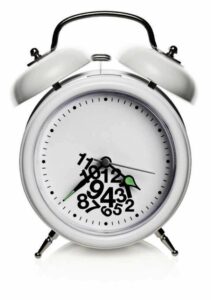
Seven to eight hours of sleep a night has been proven to be the magic number of hours for adults, with babies, children and teenagers needing more.
“This amount of sleep will ensure the brain has the appropriate time to do what it needs for healthy functioning. Some people can tolerate a shorter window of time, and others need a bit more, but seven to eight hours is the average,” says Dr Nilong Vyas, managing director at paediatric sleep consultancy Sleepless in NOLA and a medical review expert at the Sleep Foundation.
The majority of people who get seven or eight hours per night report feeling better rested, with improved mood and health, she says. But it’s an ideal target rather than something to get stressed about. So if focusing on seven to eight hours of shuteye is not helping you sleep better, another target to strive for is eliminating electronics at least one hour before bedtime. “This is an extraordinarily hard task and target to achieve for many. However, prioritising both targets will ensure an avalanche of health benefits,” says Vyas.
In terms of behaviour change, “it is more about placing the sleep goal within a lifestyle that allows you to do it, by telling yourself that the sleep goal is higher value to you than the staying-up-late-to-get-the-overdue-report-written goal,” says Asimakopoulou.
Planning when, where and how you’ll achieve the goal is vital, she says, along with consciously deciding to drop competing goals that prevent you from getting enough sleep.
(@amy_fleming) Amy is a freelance science and health writer.